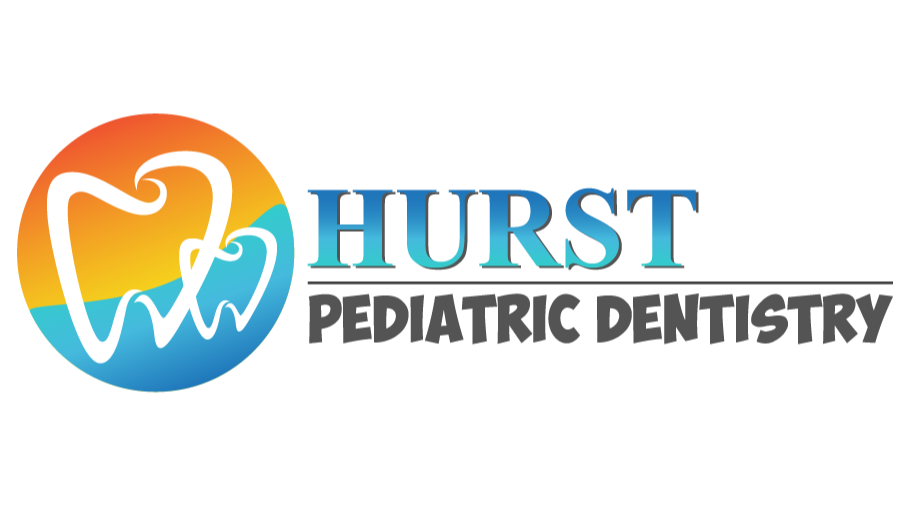If you want your child to have strong and healthy teeth but are worried about subjecting them to dental X-rays, then have a read of Hurst Pediatric Dentistry’s (205-969-7454) guide!

For decades, X-rays have been the most effective way for dentists to identify oral health problems. Despite this, many parents still worry that the radiation used in X-rays may harm their children. Hurst Pediatric Dentistry is here to dispel that myth! In its guide, the Birmingham, AL practice debunks these misguided safety concerns that many parents have. They also discuss what kinds of oral health issues dental X-rays can be used to identify and what benefits routine X-ray appointments can provide.
Check the guide out by visiting https://hurstpediatricdental.com/blog/b/dental-x-rays-safe-children
What Are Dental X-Rays?
Dental X-rays, or dental radiographs, are essentially images of a child’s teeth and jawbone generated using a controlled dose of radiation. In pediatric dentistry, there are two main types of X-rays: Bitewing, which captures the upper and lower teeth in one shot, and Panoramic, which is a wide-angle view of the entire mouth including the teeth, jawbone, and sinuses.
“Think of X-rays as special flashlights that can see through the enamel, revealing hidden cavities, abscesses, or even the developing roots of permanent teeth beneath the gums,” explains the guide. “When used judiciously, they can be a valuable tool in your child’s oral health toolbox.”
What Do They Identify?
X-rays are primarily used to identify signs of decay and track tooth development, both of which need to be closely monitored as children grow. However, they are also a useful tool when investigating dental emergencies such as chips, cracks, and bumps, all of which children — particularly active ones — are prone to.
Are They Harmful?
Naturally, because radiation is involved, many parents worry that their children may suffer short or long-term side effects from dental X-rays. But Hurst Pediatric Dentistry is quick to stress that X-rays utilize a low dose of radiation and that safety measures like thyroid shields are typically employed to minimize exposure. As with most treatments involving children, they encourage parents to compare the risks against the rewards.
Furthermore, they recommend that parents walk their children through the X-ray process so they are aware of how it works, why it is done, and what they can expect. This can be accomplished through simple discussions, as well as YouTube videos or picture books. The earlier in their life that this conversation is had, the more likely they are to continue getting X-rays as they grow older.
What Are The Benefits?
Regarding the rewards, dental X-rays significantly reduce the chances of more serious problems developing, and therefore minimize the dental care costs that parents incur, the guide explains. Moreover, they play a key role in setting children up with teeth that function properly and smiles that they are proud to show off.
“Dental X-rays help catch problems early, prevent future complications, and ensure healthy teeth and gums,” says the guide. “By understanding the benefits and potential concerns, and by working collaboratively with your child’s dentist, you can make informed decisions to ensure your child’s pearly whites stay bright and strong.”
Go to https://hurstpediatricdental.com/blog/b/dental-x-rays-safe-children to learn more about dental X-rays for children.
